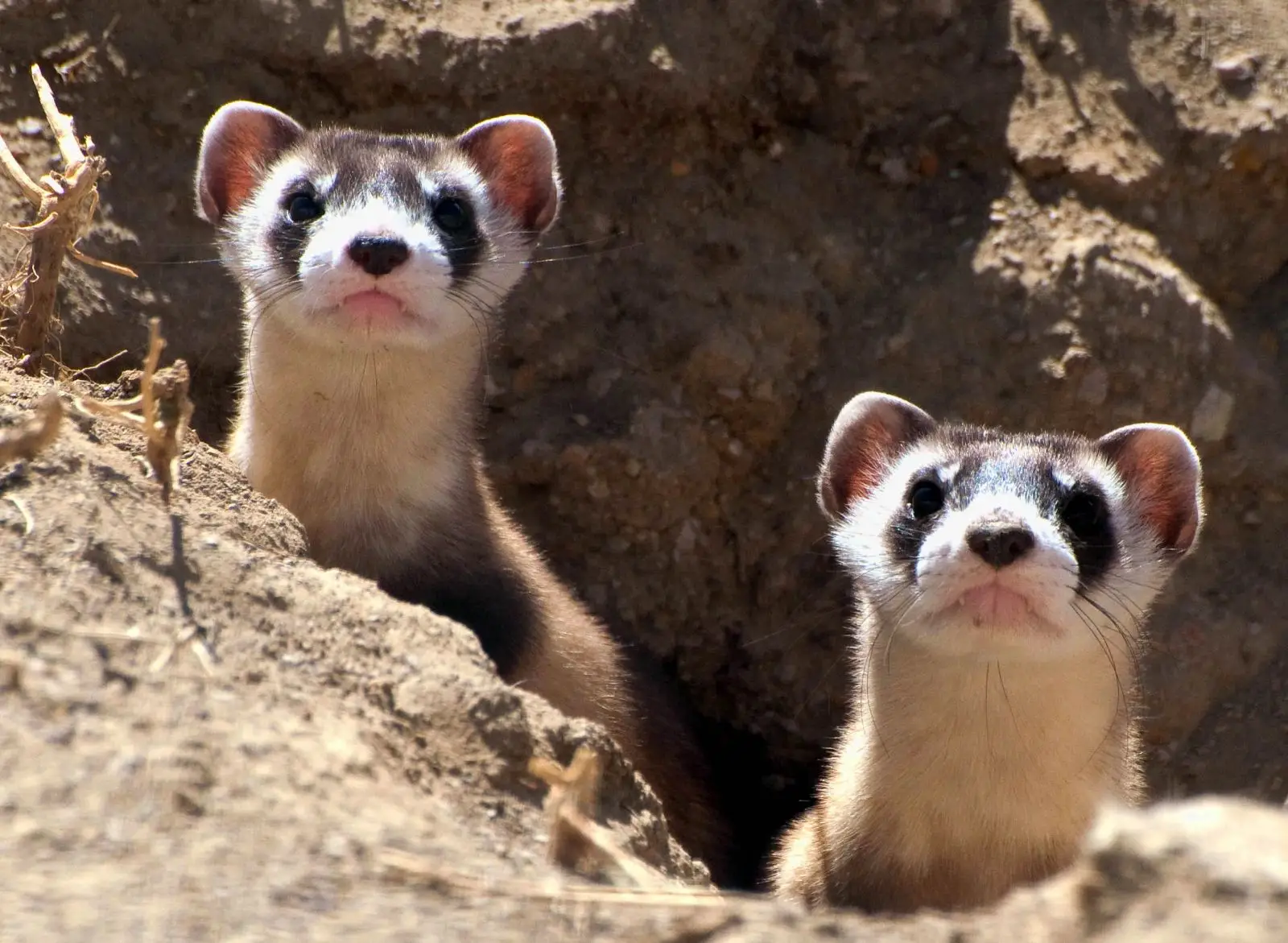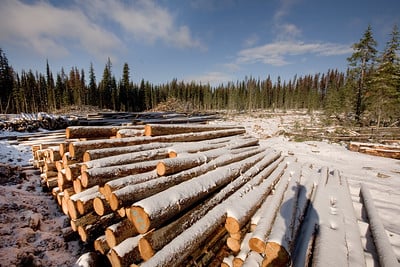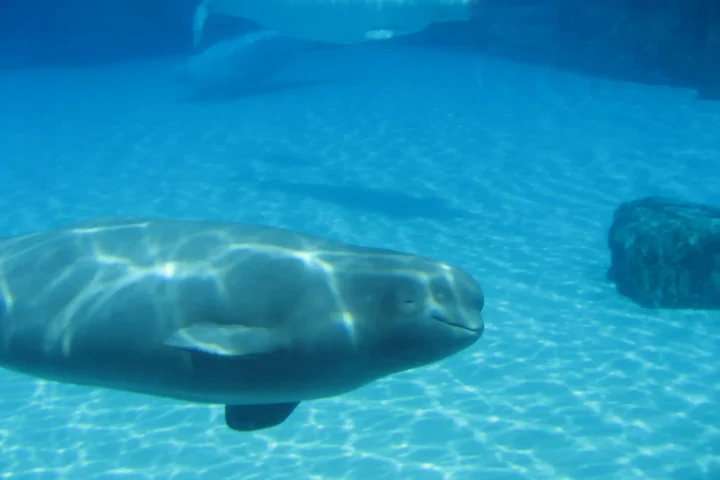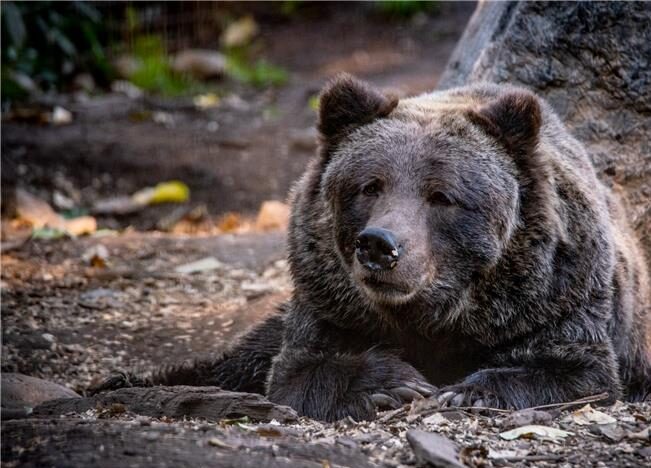Ontario’s government has moved to scrap its long-standing Endangered Species Act, replacing it with a watered-down law that critics say prioritizes development over wildlife protection. The change comes through Bill 5, ironically named the “Protect Ontario by Unleashing our Economy Act,” which was introduced on April 17, 2025, and enacted on June 5, 2025.
For nearly two decades, the ESA has protected threatened species and their habitats across the province. The new replacement, called the Species Conservation Act (SCA), will come into force at a later date but immediate amendments to the ESA have already taken effect. These changes dramatically narrow what counts as “habitat” and give politicians, not scientists, the final say on which species deserve protection.
“It undermines the very rationale for having this law in the first place,” said Justina Ray, president of Wildlife Conservation Society Canada. She compared the change to “a fire department weighing the bill for water damage before responding to a blaze.”
The shift is alarming for wildlife experts because Ontario’s original protections were once considered among the best in Canada. Now, the amended ESA explicitly focuses on “social and economic considerations, including the need for sustainable economic growth” alongside conservation.
What exactly is changing? For starters, the definition of habitat has been drastically narrowed. Under the old law, habitat included any area a species depends on directly or indirectly for survival. The new definition only protects the immediate dwelling place – like a nest or den – not the surrounding areas animals need for feeding or migration.
Similar Posts
Take the endangered Blanding’s turtle. Previously, the law protected wetlands up to two kilometers from where a turtle was found, recognizing these slow-moving creatures use multiple areas to survive. Under the new rules, protection might only cover the log where a turtle basks or its immediate nesting spot – leaving surrounding crucial wetlands vulnerable to development.
The changes don’t stop there. The old law required permits for development that might harm at-risk species, with oversight from the Environment Ministry. Now, developers can simply complete an online registration and begin work immediately. The government has also removed the requirement to develop recovery strategies for endangered species and eliminated mandatory oversight.
Perhaps most troubling, the new act gives Ontario’s environment minister power to add or remove species from the protected list regardless of scientific assessments. This means politically inconvenient species that might interfere with development projects could simply be removed from protection.
The government claims these changes will reduce delays for housing and infrastructure projects like the controversial Highway 413, which crosses habitats of multiple endangered species. Environment Minister Todd McCarthy stated, “The days of making proponents wait years for approvals and permits are over.”
But critics point to the province’s own accounting that values southern Ontario’s biodiversity at $84.4 billion annually (in 2008 dollars, equivalent to $122.5 billion today) for services like water purification, flood control, and carbon storage.
“All of the requirements for actually recovering species and creating new habitat, the number of individuals, all that is swept away,” said Tim Gray, executive director of Environmental Defence.
The changes have sparked widespread condemnation from environmental organizations. WWF-Canada states the move “dismantles provincial environmental protections” and “removes science-based decision-making.” Ecojustice called it “a reckless, corporate giveaway disguised as economic policy.”
Ontario had 22 percent more species at risk in 2020 compared to 2009, a troubling trend that might accelerate under the weaker protections. A 2021 review by Ontario’s auditor general found the province had never denied an application to harm an at-risk species or its habitat under the old law, suggesting enforcement was already inadequate.
For projects like Highway 413, the federal government may now shoulder more responsibility through the Species at Risk Act, but this federal protection only applies to specific areas and species, leaving significant gaps.
“It just puts more onus on the federal government to do their job properly,” said Gray. “Now it will be very clear that the provincial government has complete disdain for any of these values along this highway.”
Environmental groups continue to advocate for stronger protections before irreversible damage is done to Ontario’s natural heritage.



















